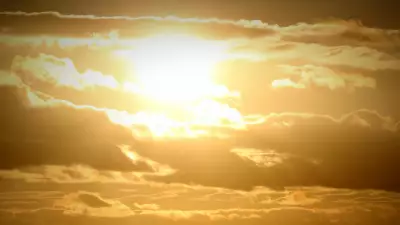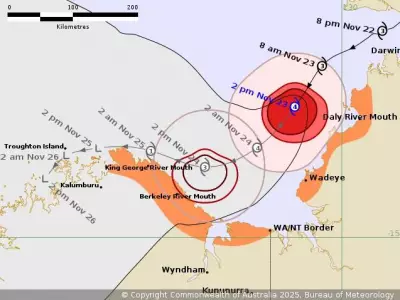
In an exciting development for marine enthusiasts and conservationists, Magnetic Island now boasts its first comprehensive marine life guide, created by dedicated biologist John K. Reed. This groundbreaking resource reveals the incredible biodiversity thriving in the island's surrounding waters.
A Decade of Dedication Underwater
John K. Reed, a passionate marine biologist, has spent over ten years meticulously documenting and photographing the aquatic life around Magnetic Island. His extensive research has culminated in a detailed guide that features more than 400 different species found in the local marine environment.
The guide represents a significant milestone for the region, providing both locals and visitors with an unprecedented look into the underwater world that has remained largely undocumented until now. Reed's work captures everything from tiny, rarely-seen creatures to the larger marine animals that frequent the island's waters.
Accessible Science for Everyone
What makes this marine life guide particularly valuable is its accessibility. Reed has designed the resource to be user-friendly for people of all knowledge levels, from curious tourists to experienced marine biologists. The guide includes high-quality photographs, detailed descriptions, and interesting facts about each species.
The timing of this release coincides with peak tourist season, making it an invaluable tool for visitors wanting to understand and appreciate the marine environment they're exploring. Local tourism operators have already expressed excitement about incorporating the guide into their educational materials.
Conservation Through Education
Beyond its educational value, the guide serves an important conservation purpose. By helping people identify and understand marine species, Reed hopes to foster greater appreciation and protection for Magnetic Island's fragile ecosystems. The documentation of so many species in one location underscores the area's ecological significance.
Local conservation groups have welcomed the guide as a powerful tool for environmental education. Having a comprehensive resource that specifically focuses on our local marine life changes how people interact with the environment, noted one conservation representative. It turns casual observers into informed advocates for marine protection.
The guide is now available through local visitor centers and marine tourism operators, with plans for digital versions in development. Reed continues his research around Magnetic Island, promising that this first edition is just the beginning of documenting the area's rich marine biodiversity.





